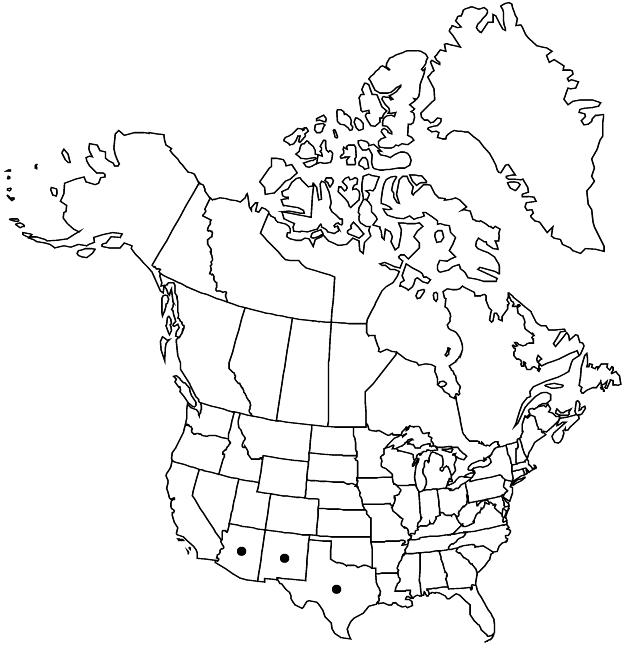Rumex ellipticus
Pittonia 4: 234. 1901.
Plants perennial, glabrous, with vertical rootstock. Stems ascending or decumbent, usually producing axillary shoots below 1st-order inflorescence or at proximal nodes, 40–70 cm. Leaf blades lanceolate or broadly lanceolate, 5–10(–15) × 2–3(–4) cm, usually ca. 3–4 times as long as wide, widest in proximal 1/2, rarely near middle, thick, often subcoriaceous, base cuneate, margins entire, flat, apex acute or attenuate. Inflorescences terminal and axillary, terminal usually occupying distal 1/5–1/3 of stem, rather dense or interrupted in proximal 1/2, usually narrowly paniculate (branches simple and comparatively short). Pedicels articulated in proximal 1/2 almost near base, thickish, 3–6(–7) mm, usually approximately as long as or slightly shorter than inner tepals, articulation indistinctly swollen. Flowers 12–20 in whorls; inner tepals ovate or cordate-triangular, occasionally almost orbiculate, 5–6 × 4–5 mm, base truncate or indistinctly cordate, margins entire, apex obtuse or subacute; tubercles absent or 1 inner tepal with indistinctly swollen midvein. Achenes brown, 2.7–3.2 × 1.8–2.5 mm. 2n = 20.
Phenology: Flowering spring–early summer.
Habitat: Sandy, gravelly, and muddy shores of rivers and streams
Elevation: 10-1000 m
Distribution

Ariz., N.Mex., Tex.
Discussion
Rumex ellipticus is closely related to R. altissimus and is sometimes regarded as a subspecies of it (Á. Löve 1986).
Selected References
None.